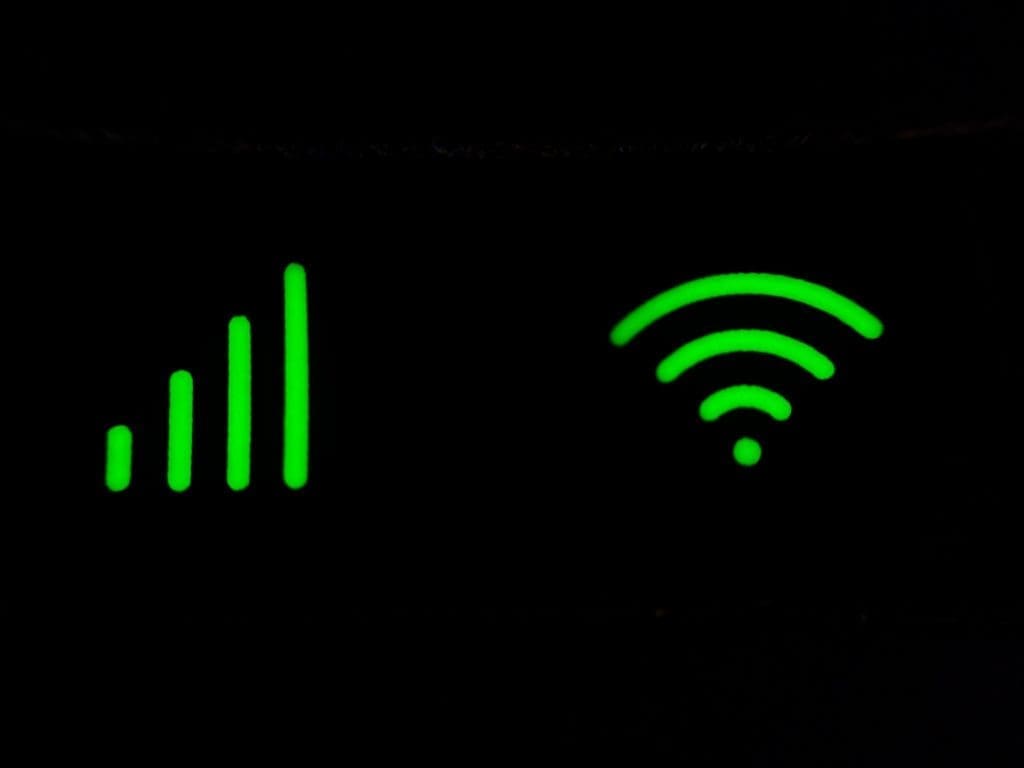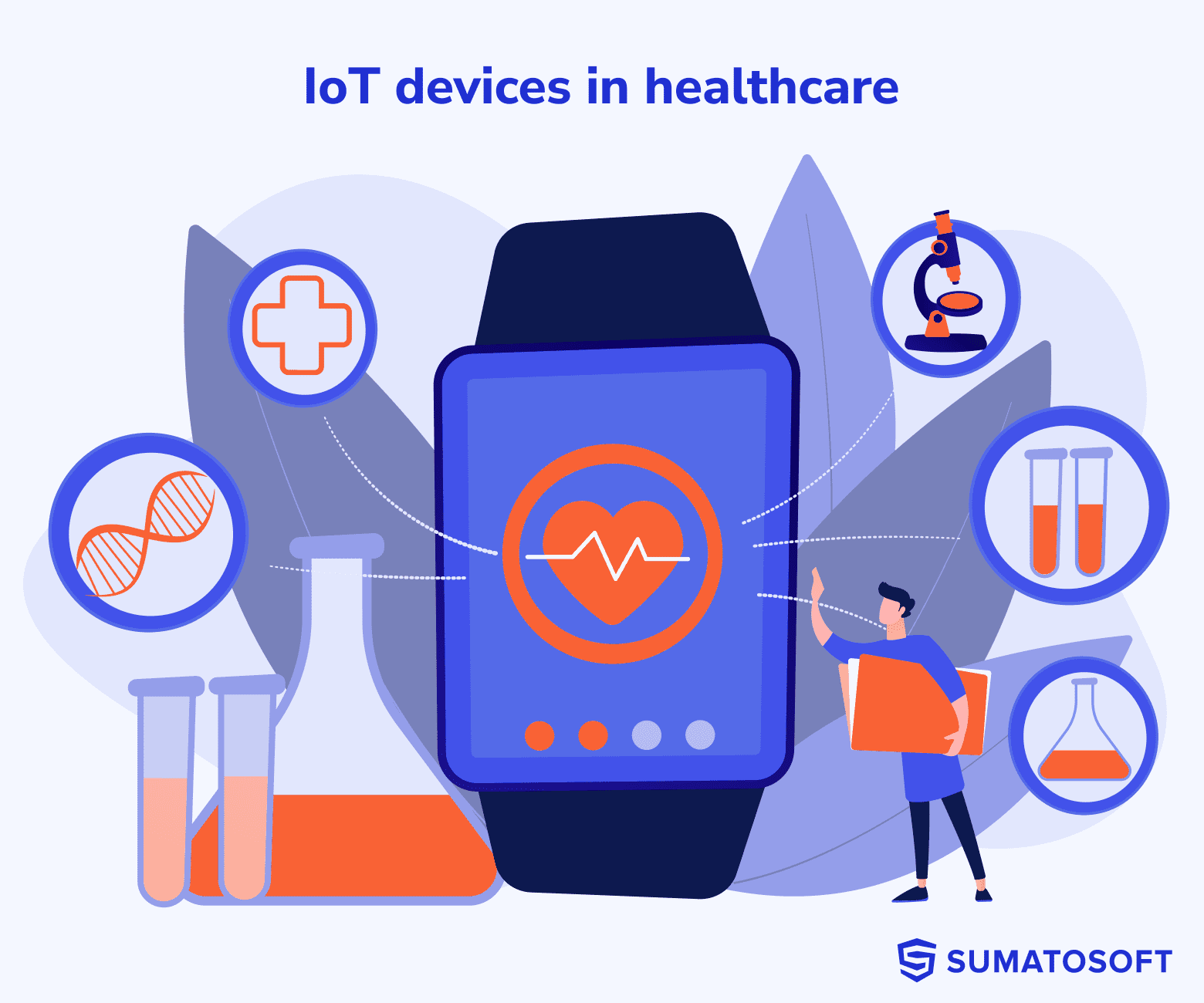M2M vs. IoT: Revealing Differences


When comparing Machine-to-machine communication (M2M for short) and the Internet of Things, one of the biggest differences revolves around the fundamental elements that form the basis for these concepts. M2M technology is about rapid accumulation of data from sensors and its exchange over countless servers. IoT works on top of M2M technology and expand the idea of M2M communication. Internet of Things (IoT) is the concept where the physical world becomes increasingly connected to the Internet.
It’s the collaborative application of these systems rather than the M2M vs IoT disparity that builds the necessary groundwork for effective IoT data processing.
Multiple business domains like healthcare, transportation, and environment control refer to IoT software development services providers to build IoT systems for their businesses. Such a massive all-industry increase in the usage of IoT technology has been possible due to a string of factors.
- Affordable sensors: The current market makes it possible to establish a reliable network of IoT sensors that use low-power and batteryless tech;
- Network accessibility: Increased number of devices are able to tap into the existing systems, connect to other devices, access cloud computing systems to store, process, and transmit data;
- Analytics: Collecting and processing information that defines various operational segments connected to a specific business has become more accessible and swift thanks to the combined effects of easy access to data feeds and significant developments in machine learning.
What Does IoT Stand for?
The IoT, or the Internet of Things, describes a system of devices that connect and transfer information via wireless networks, significantly increasing the efficiency of data exchange, remote monitoring, process automation, and analytics—all with almost no human involvement.
In short, IoT describes seamless cooperation of the physical and digital aspects of our world and specifically the way we collect and infer information with the help of accessible computing processes, mobile devices, and big data management and analytics.
Due to its vast area of applicability, IoT has been accepted as one of the leading tools for business development across multiple industries, including transportation, healthcare, logistics, manufacturing, and retail.
How Does IoT work?
The “things” bit in IoT refers to the core IoT components that make up the technology, i.e., the devices that enable the actual implementation of remote processes through sensors and connectivity measures.
The system itself typically includes the following elements:
- Devices: Any sensor-based device or actuator that enables remote tracking and monitoring of other components present in the network;
- Software: Resources that enable accurate operation of IoT devices as well as the overall network;
- Databases: Used for storing information collected from IoT devices;
- Controller services: Allow IoT devices to connect to shared web services for reporting and processing purposes, task execution, etc.;
- Web services: Allow every component (including, A2A, databases, and analysis components) to exchange information via the Internet;
- Analytics: System components that process IoT information and present it in easily computable clusters;
- Applications: Enable easy interfacing for users, such as system status and individual device monitoring.
All collected IoT data is transferred through nodes (that function as gateways) to the cloud, where it’s stored and processed for future relevant applications such as AI and machine learning.
These “things” can be anything from household gadgets like thermostats and kitchen appliances to personal devices like smartwatches and even large industrial tools, automobiles, and machines.
Such devices are capable of collecting data that can be then utilized for advancing internal processes such as analytics and interfacing, as well as developing the client-side of business relations and forging further connections.
For example, smart sensors in your AC can monitor room temperatures, and this data can then be transferred and analyzed for output. Similarly, weather and location data from users can be effectively used to develop personalized marketing campaigns.
Also, IoT solutions can be deployed in healthcare. Sensors can collect patient health data and transmit it over the Internet for storage and analysis with solutions like FHIR Servers.
What Does M2M Stand for?
M2M, or Machine-to-Machine, enables devices to communicate directly through point-to-point links. Performed with no human interference, this technology utilizes available devices, sensors, machines, and other hardware to process and transmit their behavioral and status data, allowing for more efficient and automated monitoring.
In recent years, M2M has become so commonplace, it would be difficult to find a household or public environment without it. This includes anything from connecting your house lights to your smartphone to vehicle telemetry and supply chain automation.
How Does M2M Work?
Again, when looking at M2M vs IoT side by side, you can see a lot of intersections across multiple definitive categories. However, the primary function of this type of system is to access the data collected from one device and transfer it to another, typically using traditional forms of wireless and wired connections like Ethernet or cellular networks.
An M2M system usually relies on the following key points of interaction:
- Data endpoints, which hold the collected data that needs to be transferred;
- Data exchange networks, which ensure the fast transfer of information between the points, including through various gateways that enable wider network inclusivity;
- Data integration point, which is designed to receive the monitored data.
A network of this type can have more than one endpoint, but all of them will be connected to a single integration point, for example, a server, a spiderbot, or an AMR.
Commonly used connectivity technologies by M2M include:
- WiFi: Laptops, smart meters, speakers, etc.;
- Bluetooth: Peripheral devices;
- IEEE 802.15.6: medical and consumer devices;
- Ultra-wideband: streaming;
- IEEE 802.15.4: sensor automation.
The nature of M2M system deployment makes these devices vulnerable to security risks like hacking and data breaches from both hardware and software standpoints.
This is why M2M security is paramount for reinforcing the integrity of your data traffic. Most reliable systems are trained to recognize security risks through a variety of factors that can then determine the authentication procedure. Due to the low scalability of M2M as a system, it requires a more detailed approach to manage its connectivity algorithms and mitigate interference.
M2M vs IoT Differences

The easiest way to understand the M2M vs IoT differences is to think of one as a component of another. In this case, IoT is a system that incorporates M2M technology, as it can’t function without it.
On the other hand, we have M2M, which can exist without IoT since it’s a closed system that can function independently. With IoT, you will need to integrate M2M systems to enhance the network’s capabilities.
Another important thing to understand when comparing M2M vs IoT is the objects used. The “things” in IoT can be physical objects of vastly diverse nature, while the elements (“machines”) in M2M tend to be cognate within each local area network.
Let’s look at how M2M vs IoT compare across the board:
| Category | M2M | IoT |
| Connectivity | D2D and proprietary networks | IP-based networks |
| Data collection | On-premises | Cloud-based or hybrid |
| Data accessibility | Shared between devices only | Shared within the larger network |
| Substructure | Hardware | Software + hardware |
| Communication | IPv4/IPv6/6LoWPAN + Ethernet/WiFi/Cellular/WiMax/LR-WPAN | HTTP/CoAP/MQTT/XMPP/DDS/AMQP/WebSockets + TCP/UDP |
| Active Internet Connection | Not necessary | Necessary |
Note: If you’re intrigued by implementing such solutions in your day-to-day operations, you can seek advice today from people who’ve been around the block. For example, consider telecommunication consultancy to snatch up new business opportunities.
Is M2M a Subset of IoT?
To see how M2M vs IoT relate to one another, it’s easier to think of IoT as a logical evolution of the M2M technology. More specifically, with IoT, you get a more developed, independent, and interconnected system of data exchange supported by cloud storage systems and more flexible network links.
What Is the Scalability of M2M Compared to IoT?
Generally, the intention behind designing IoT systems is to support easy scalability, allowing for future integration of more devices and gateways into the network. When looking at M2M vs IoT, you don’t really get that seamlessness with the former, since these systems chiefly operate on the basis of point-to-point connections and have to be scaled manually.
Is RFID Part of IoT?

Widely used in IoT systems, RFID, or radio frequency identification system, is a technology that allows for automatic identification of objects, often in real time. That, in turn, enables them to capture metadata and control individual objects. Unlike NFC (near field communication), RFID works one way and does not need to be enabled by the user to allow the data transfer from their device.
There are three major elements to RFID implementation:
- RFID tags:
- Passive tags are standard barcodes that contain information pertaining to an individual item. It’s easy to scan and doesn’t require any power supply or network connection;
- Active tags contain microchips and sometimes antennas or wireless sensors that allow them to record and store data about the object;
- RFID readers are able to access and transmit the information on the RFID tags. These devices are pretty diverse in nature and can be wired or wireless and operate via Bluetooth and USB;
- RFID software that enables the readers to interact with tags is also varied depending on the industry and its purpose. It can be a mobile application or a traditional installation software using Bluetooth or BLE.
In the context of IoT, RFID is commonly used to manage smart household appliances and hubs, including thermostats and cameras. They are also widely utilized in public transportation systems and healthcare, specifically for managing patient information.
Communication Models in M2M vs IoT
The Internet of Things technology is typically defined through its physical and logical designs, as well as through its communication paradigms and the types of protocols and APIs it utilizes.
With M2M and IoT, you will often see the same communication paradigm classifications used to typify both concepts. However, M2M communication as a whole operates on three major planes—device domains, network domains, and application domains.
M2M Communication
Device Domains
- Consist of M2M area network devices and their respective area gateways that aggregate data;
- The data is processed by gateway devices and transmitted through single- or multi-hop routes to the network domains;
- Area networks with several gateway devices can also communicate with each other to manage data packets.
Network Domains
- The M2M network domain acts as an intermediary between the area network of M2M devices and the application domain;
- Supported by connection protocols that can be both wired and wireless, such as WiFi and cellular.
Application Domains
- At the center of an application domain is a back-end server that receives the data from the devices/network, which is then forwarded to application clients;
- Supports real-time RMM and other systems used in manufacturing, e-healthcare, metering, traffic monitoring, etc.
All three M2M networking elements described above form two major models of communication—client-to-server and peer-to-peer.
M2M Client/Server Model
This model describes the core principle of M2M communication that concerns the exchange of data between the area network and the servers, i.e. the pathway between the device domain and the application domain.
These models are commonly used in smart cities, industrial and household system automation, smart monitoring, and video communication.
M2M Peer-to-peer Model
As mentioned before, this model enables devices (“machines”) to exchange information with each other to make intelligent decisions in collaboration. The P2P model is essential for inter-system management, allowing for a more seamless cooperative functioning of gateways and other components, for instance over WANET or MANET.
IoT Communication

The key IoT models are request-response, publisher-subscriber, push-pull, and exclusive pair.
Request-response Model
- The client requests the data transfer from the service (either to receive or upload);
- The stateless nature of the model allows for individual processing of each request;
- The server, either local or remote, is able to process multiple requests.
Publisher-subscriber Model
- The model is a three-point system consisting of publishers, brokers, and users/consumers;
- Users request specific data from publishers via subscription;
- Publishers request relevant information from brokers responsible for specific data management;
- Brokers transfer the requested data to the users.
Push-pull Model
- The generators that aggregate and process data at a fast rate “store” or “push” it into queues;
- The users download or “pull” the information from queues;
- The source and the consumer of the data are not connected in any individual capacity, specifically, they are not tied by any subscriber agreement.
Exclusive Pair Model
- As the name suggests, this model relies on a persistent connection established between a server and a client;
- As a stateful model, it maintains a connection between the client and the server even when there is no data exchange as it saves the information necessary to keep the link open, hence why it’s reusable until the decision is made to close it.
Integration of IoT Technology in Your Business with SumatoSoft
SumatoSoft has been building IoT solutions since 2012, helping enterprises and startups gain a competitive advantage and improve their efficiency, effectiveness, and profit through business digitalization.
SumatoSoft offers industry-focused IoT solutions for healthcare, retail, manufacturing, smart homes & cities, and automotive domains. These IoT solutions include remote patient monitoring, warehouse automation, fleet management, robotics, smart traffic lights, and more. Every solution SumatoSoft builds comes with excellent security and scalability for future changes in terms of new features, fleet expansion, new users, and increased workload.
SumatoSoft IoT services include:
- All-around IoT Applications Development
- Connectivity Management
- Device Management
- Data Visualization
- IoT Data Analytics
- IoT Consulting
The SumatoSoft team has built 150 custom software solutions for 27 countries for 11 industries. After more than 10 years on the market, the company became a reliable technical partner to its clients, demonstrating a 98% client satisfaction rate with the quality of services they provide.
Contact us to get a free quote for your project.
M2M vs IoT: What Is Best for Your Company?
As established before, IoT cannot function without implementing M2M systems within its network. So by default, you will need to have a working M2M network to support your IoT technology.
M2M applications should be considered when your business requires:
- Point-to-point connection;
- A system that doesn’t have to be easily scalable;
- Fast peer to-peer-communication between devices and servers;
- Rapid exchange of vast amounts of data between the points;
- Communication even without an active WiFi connection.
IoT applications are best implemented when your business needs:
- A system that is easily scalable;
- Support of multiple protocols;
- Simultaneous sync of multiple devices in real time;
- An active WiFi connection.
Additionally, the diversity offered within the M2M vs IoT tech hinges on the capabilities of the service provider. Developers like SumatoSoft can build a bespoke system from the ground up, if necessary, including hardware needed for your M2M area networks and sensor-based devices.
When looking at the M2M vs IoT preference, you need to establish whether your business requires a wider network offered by the IoT technology or needs solutions that can be guaranteed by an M2M network.
Let’s start
If you have any questions, email us info@sumatosoft.com




